
First a word from my backgarden neighbour.

Late summer greetings to you all. I hope everyone had good summer adventures. I'm presently writing my thesis and awaiting to hear on my postdoc job applications. Within 30 days from now I *should* be submitting. So wish me luck!
Guilt aside (for taking time to write something other than my thesis), I have not been up to much since I returned from the COHSI commissioning run in March and my southwestern adventures with Doug in April. I sort of have writer's block at the moment!!! :)
In late April, one of my scholarship bodies this year, Zonta International (they sponsor the Amelia Earhart Scholarship for graduate student women in the aerospace sciences), held a reception for the three scholarship winners in the UK. I was invited down to the Oxford Air training school for a reception and met the other two winners as well as am amazing set of well travelled, exciting, energetic women from all over Europe. The UK Zonta International Organization has a great web site ( http://www.andor.co.uk/zonta/index.html) and details of the reception can be found at http://www.andor.co.uk/zonta/zontauk.htm#news1.
While I was in the Oxford area, I visited the Marlborough Maze located on the grounds of Blenheim Palace. For those who saw the movie "The Avengers" the scenes of the palace in which the evil Sir August lives, were shot at Bleinheim Palace. Sadly the hedge maze scene in that film was not using the Marlborough Maze, but rather a Hollywood style one, since the yew trees in the former are in need of repair. The maze is the largest symbolic hedge maze in England. The Duke of Marlborough had achieved a great victory at Blenheim in 1704 when the Ango-Austrian army under his command defeated the French and Bavarian armies in the War of the Spanish Succession. The victory saved Vienna from French invasion. In return for this war victory, Queen Anne granted him a palace, which became Blenheim Palace.
The Marlborough hedge maze was laid out to contain hedge arrangments showing trumpets, cannon balls, flags, and other symbols of war and victory. There were also two wooden towers you needed to climb in order to get through the maze (I tried to see if you could complete the maze without them, but failed!). I just adore mazes! :)
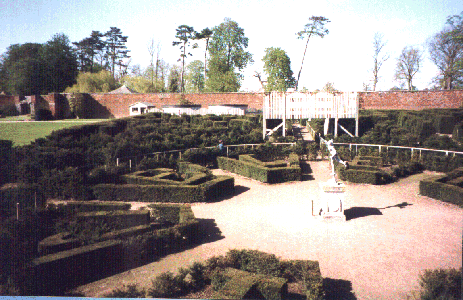
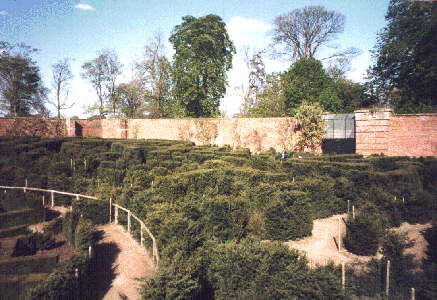
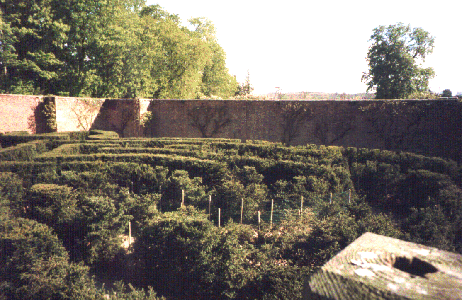
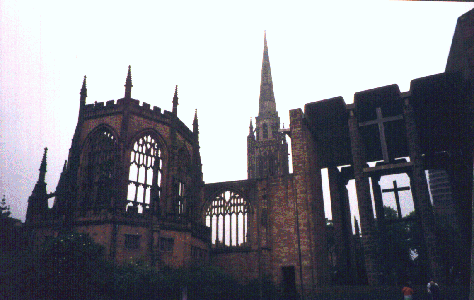
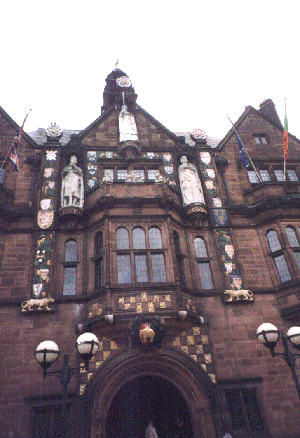
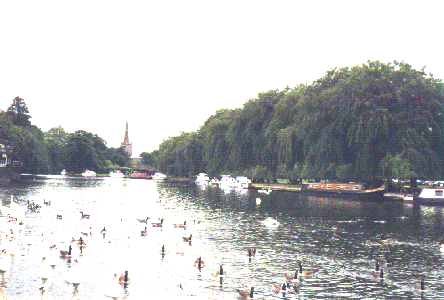
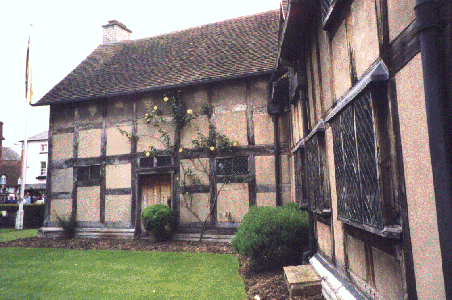
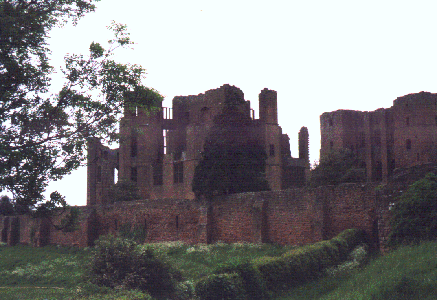
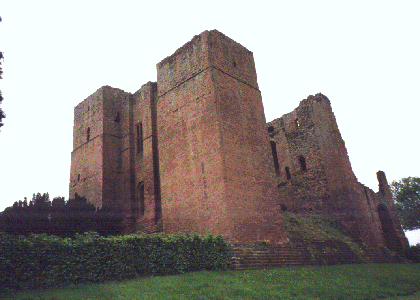
Big Ben is that famous clock tower atop Westminster (still has a status of Palace today. In fact Henry VIII amongst many monarches lived there. As a Palace, the commoners cannot dine there nor can anything be "dug" underneath it like say, the Underground. Just some trivia.). The ringing of the central bell, known as Big Ben, heralds the start of the news on Radio 4 (and we learned that Radio 4 actually starts its news after the "last" dong of Big Ben rather than the "first" dong, the latter which is correct, so the BBC has erred.) as well as provide the time of day for Londoners and foreigners apart at all angles with its 4 clock faces.
We climbed the tower, a total of 339 steps, which ascending maybe about 565 feet (172 meters, 188 yards) tall. A narrow winding staircase. At the top were four bells (really "five bell sounds" since one bell had two hammers) surrounding Big Ben, the central bell weighing about the same as my COHSI, 1.6 tonnes. :) The bells chime out four lines from Handel's Messiah, the first line played on the quarter hour, the first two lines played on the half hour, the first three lines played on the third quarter hour and the verse in totality on the hour followed by the dongs of Big Ben itself (note F, in key of F), one dong per hour.
We climbed all over the bell tower. We learned that the gold adorning the various bits of the parapet and spire was actually gold and not paint, paid for out of the British tax payers money. It supposedly lasts longer through the weather, as indeed London is often rainy, foggy, sleety, you name it. We saw the clock mechanism (what a great piece of instrumentation! Lots of brass.) which operates all four clock faces and the five bells. The hour hand of Big Ben is approximately 8feet long, with the minute hand a small 14 feet. Suppsoedly when then minute hand is at its quarter hour position (at the number 9), it is its most weakest and if a bird was to say want to take a rest on such a lovely horzontal branch, its weight would be great enough to jam the clock mechanism. Someting which has happened in the past, and not a pretty sight. Martina and I learned that the clock mechanism suffered from metal fatigue which caused the wheels and gears to basically "explode" under the unfamilar new stresses after a part collapsed, causing lots of damage. This was in the 1970s and it was luckily fixable.
It actually took 36 hours to raise Big Ben (on its side) up the tower back in 1850-something. It would then take FIVE years to get the clock mechanism just right. Talk about instrumentation (I guess I should learn a lot from this knowledge that good instruments need time to get perfect). The pendulum which swings to keep the seconds actually has a 2 second period (compared to most grandfather clocks which really need one second). But the clock was then in operation in early 1860-something and has worked ever since (with the occasional but fixable mishap). Big Ben was actually cracked the first time they played it, and then they rotated it. This motion did not supposedly affect its tune, and its current position is that position. So no cracks to Big Ben since then.
But, cracks to the Bell Tower! The London underground like most undergrounds is busy and well the city needs to expand it. So they are. Since they cannot build under Parliament (since Westminster is still a Palace and well the obvious security reasons are evident), they are building very close by. In fact the Tower has suppsodely MOVED 3mm to the side of where it originally was built and it is showing slight evidence of beginning to sink. A few cracks have appeard just over the last few months, one even started a few weeks ago. So people are pretty nervous. Sad, eh?
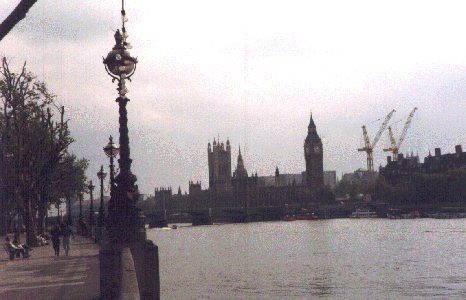
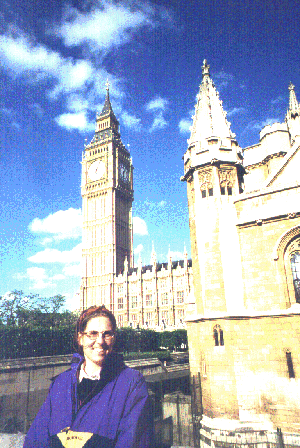
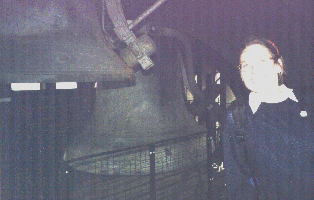
The difference between the two houses was striking. I was first shocked by the lack of MPs in session. We were to learn that meetings were going on outside the main hall all the time. I actually found it very disruptive to see people coming in and out during sessions, often interrupting MPs who were putting forth statements. The seats were green and the woodwork was a plain light wood. The Speaker wore a gown, and three Clerks wore wigs and gowns. Lots of notes were passed back and forth between the Speaker and various ushers. Martina and I giggled at the reporters at the upper tier above, taking notes on special court-taking devices.
The House of Lords was even more emptier. The gaudiness with its gold leaf and red colours was breath-taking. There was a throne where Her Majesty would sit at the opening of Parliament. She was not present, nor was the Lord Chancellor, who when present sits on a sack of wool. Don't ask me why! :) All the House of Lord members partake in gov't duties, voluntarily, not receiving a penny from the populace. The Lords is made up of bishops, life peers, and hereditary peers, although they are working to remove the hereditary peers. Maybe they might add in other religious heads. We'll see. The structure of the House of Lords is under debate with the new Labour gov't in session.
We ended the day with a evening at the play Cats in London. :)
Back in Cambridge, the summer has been very pleasant. Got out punting again on the River Cam, towards Grantchester, for a day's outing. We jumped the bridges, lost the punt pole, and ate our strawberries and cream.
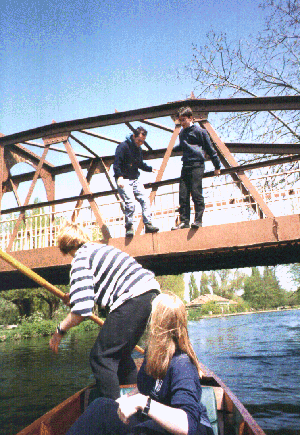
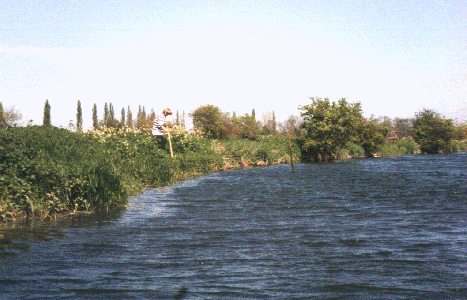
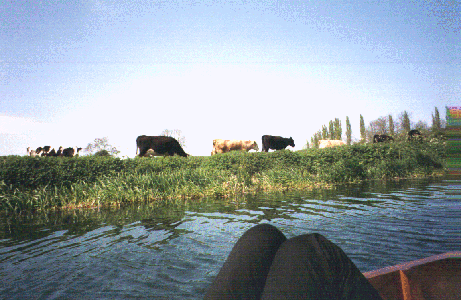
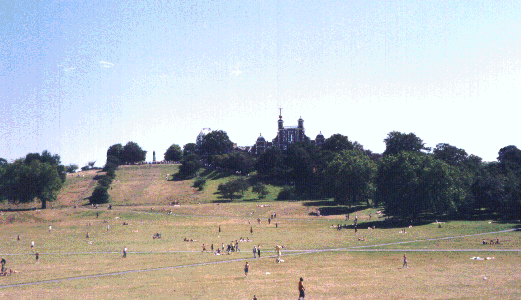
With Love
Kim